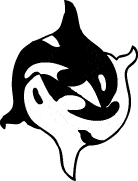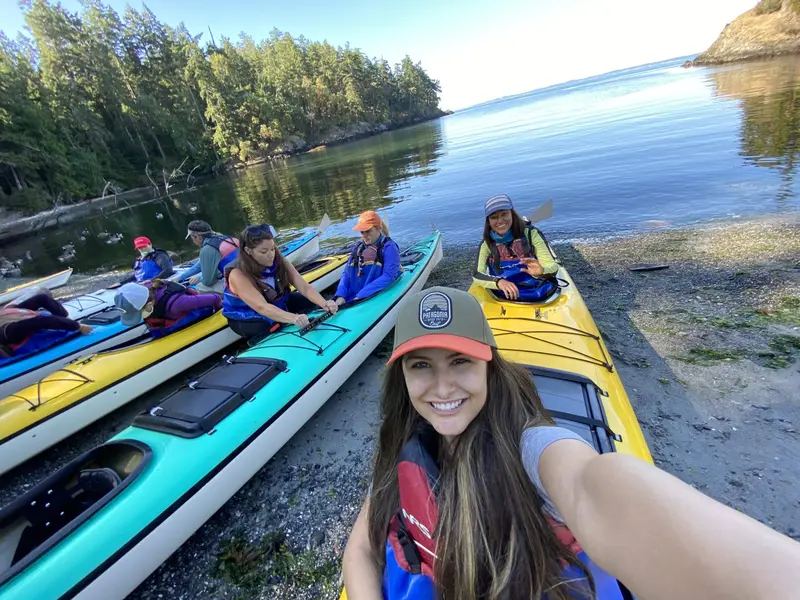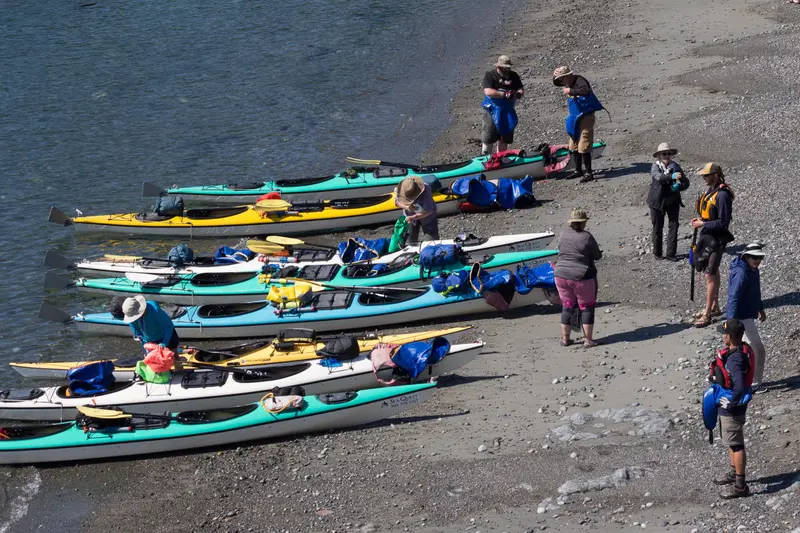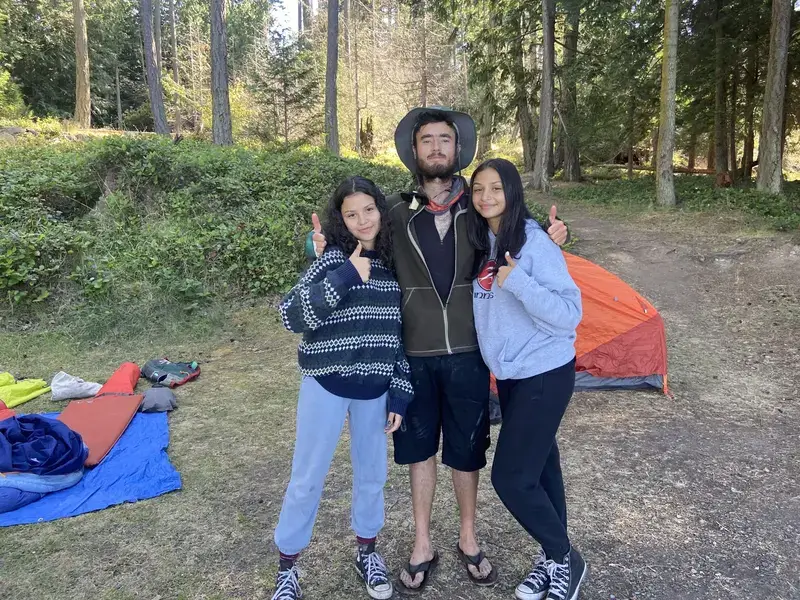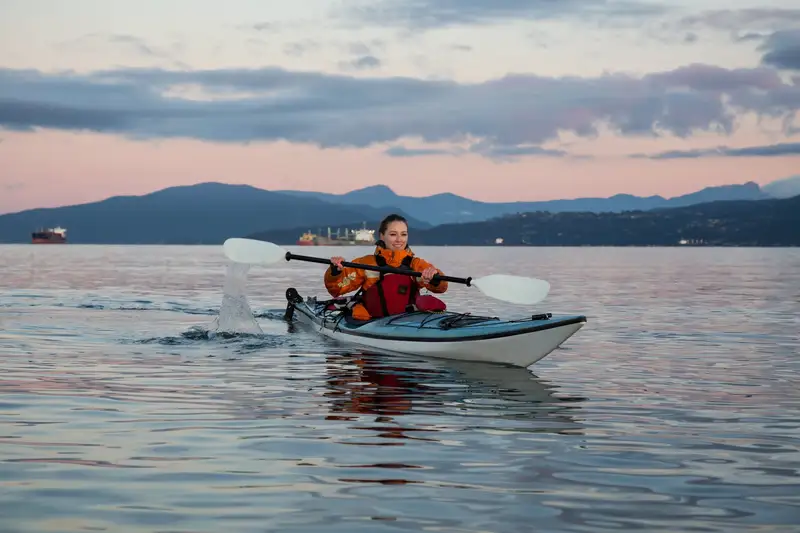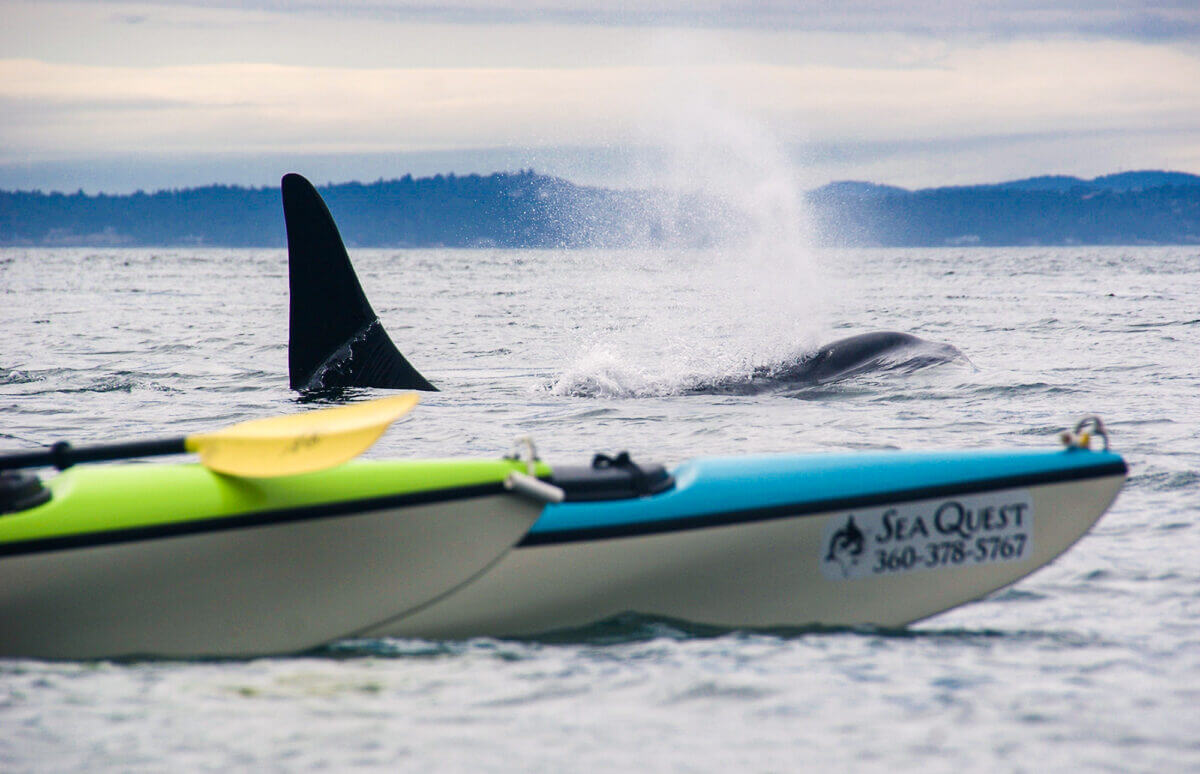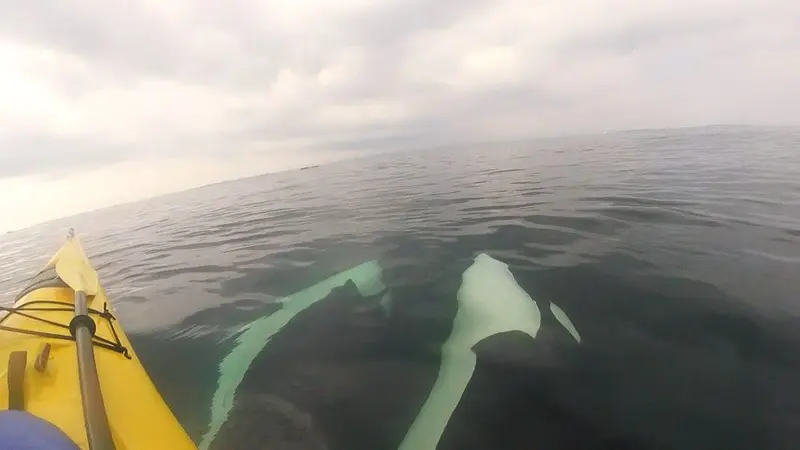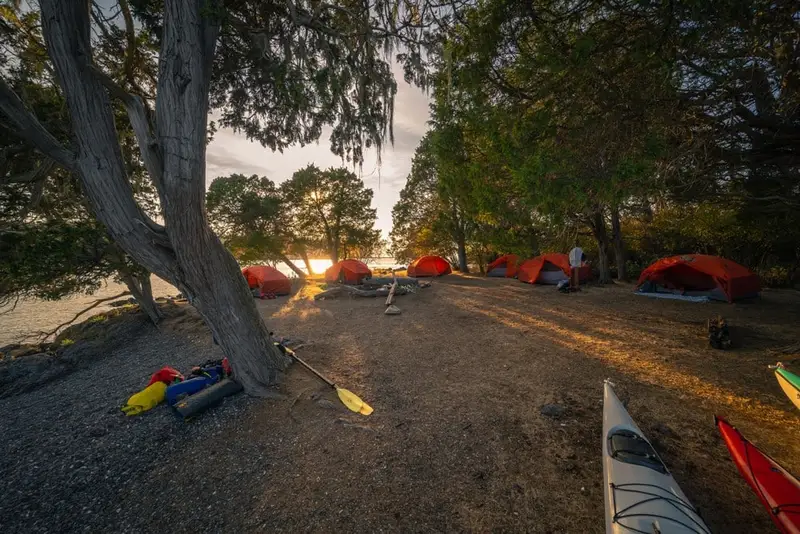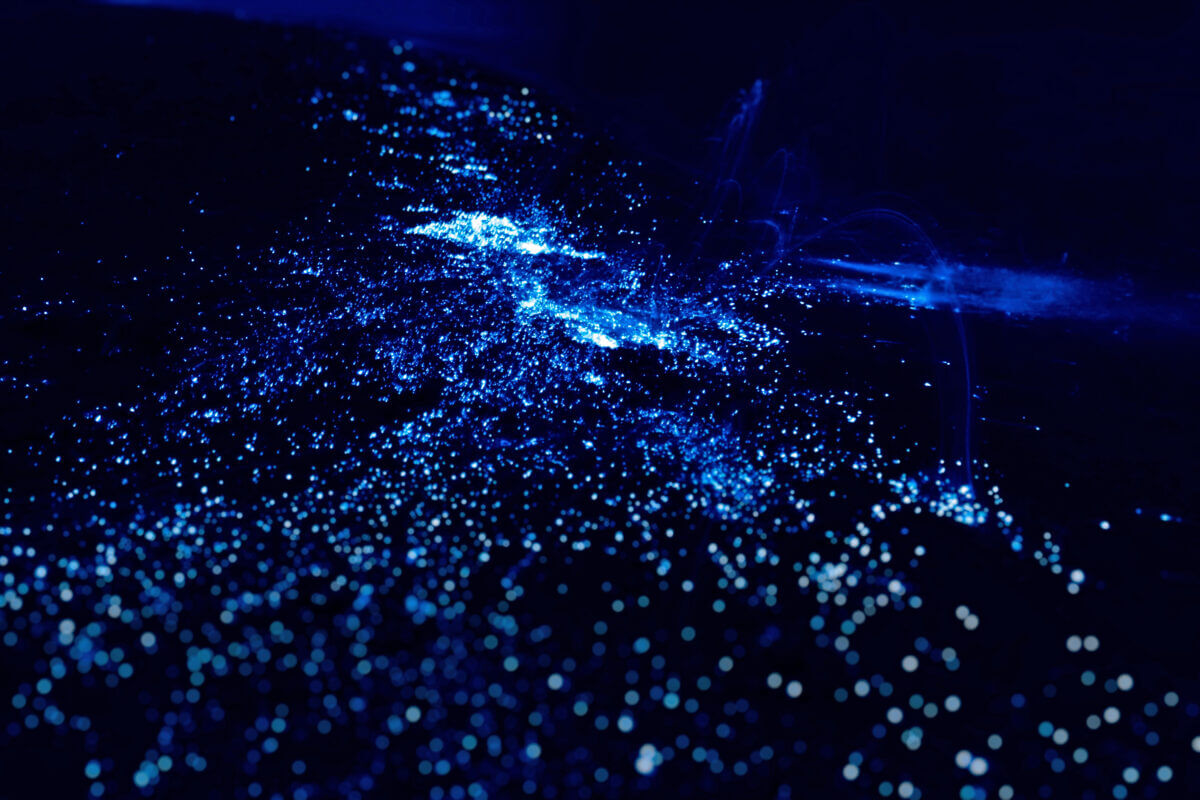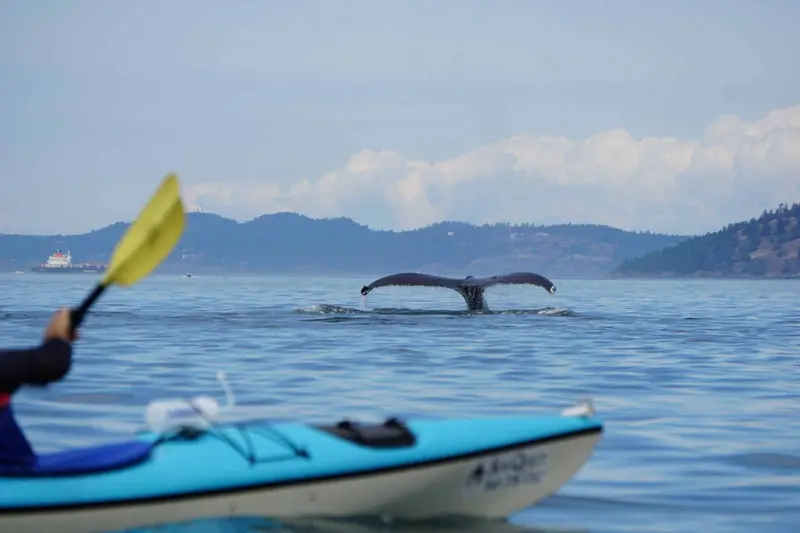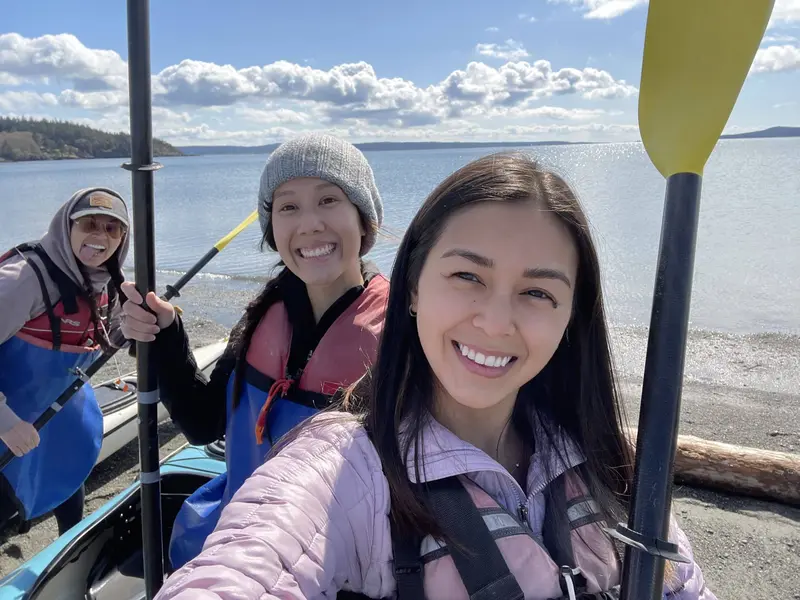Vast numbers of leaping silvery salmon have been a frequent sight this summer in the San Juan Islands, a scintillating abundance that we haven’t enjoyed for the past couple of decades. This year’s salmon productivity has led to lots of well-fed wildlife and a record-setting orca whale watching kayak season in the San Juans near Seattle, Washington. Killer whales were observed for 81 straight days in the Salish Sea until a brief two day disappearance last week broke the spell. But the orcas quickly returned to start a new streak and are entertaining our kayak tour guests once again!
Salmon, especially chinook, are the most important food for killer whales in Washington state. Previously in our blog we discussed the huge resurgence of salmon in Washington in 2010. This summer the Columbia River had one of the top three chinook runs since 1938 and the largest ever sockeye run since 1955. These great results are most likely due to cyclical cooling sea temperatures, greater hatchery efforts, and increased spillage at dams to allow more young fish to migrate safely to sea. Dam spillage has been a highly controversial topic and is vigorously opposed by powerful lobbies including electric utilities, agriculture, and others. Federal dam regulators have backed these wealthy groups and strongly resist any attempts to increase spillage for salmon. But in 2006, thanks to the Endangered Species Act, a federal judge bravely ordered more water flow for the benefit of fish and we are now seeing the spectacular results.
The fantastic news for orca whales continues to come in! The Fraser River of British Columbia, Canada, is the other major salmon spawning river that strongly affects the orca whales of the San Juan Islands. The biggest sockeye run in nearly a century – estimated at up to 30 million fish – is moving through the San Juan Islands right now towards the Fraser and its tributaries. These sockeyes were hatched from a strong 2006 spawning, spent a year in freshwater, and then matured for three years in the ocean. More than three times the number predicted are returning this year and it’s a bonanza for both wildlife and our San Juan Islands kayaking trip guests!
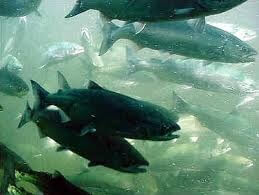
Over the past decade, Fraser River runs have been extremely disappointing. Last year fewer than 2 million salmon returned, a small fraction of the expected 10 million, and commercial fishing was not allowed. The culprit seemed to be excessively warm water that prevailed throughout the previous decade, both in the sea and in the river. Warm oceans result in reduced productivity where the salmon feed and record-setting river temperatures prevented the few survivors from successfully spawning. Many lean years for the San Juan Island killer whales was the result, adding pressure to a threatened population.
Biologists caution that 2010’s run does not signal a sustained recovery of sockeye in the Fraser River. Although the Fraser’s main path is free of the dams that impede salmon runs on other rivers such as the Columbia, sockeye production can quickly collapse again if warm water temperatures return as predicted by climatologists. Even now, the Fraser is well above average temperatures and well below average flow. So 2010 may stand out as a rare return to a previously glorious era in the turbulent history of the Fraser River sockeye and a reminder that we must remain committed to doing whatever is required to secure the continued survival of both orca whales and their primary prey. Please check out the Save Our Wild Salmon Coalition to learn more about what you can do to help!

